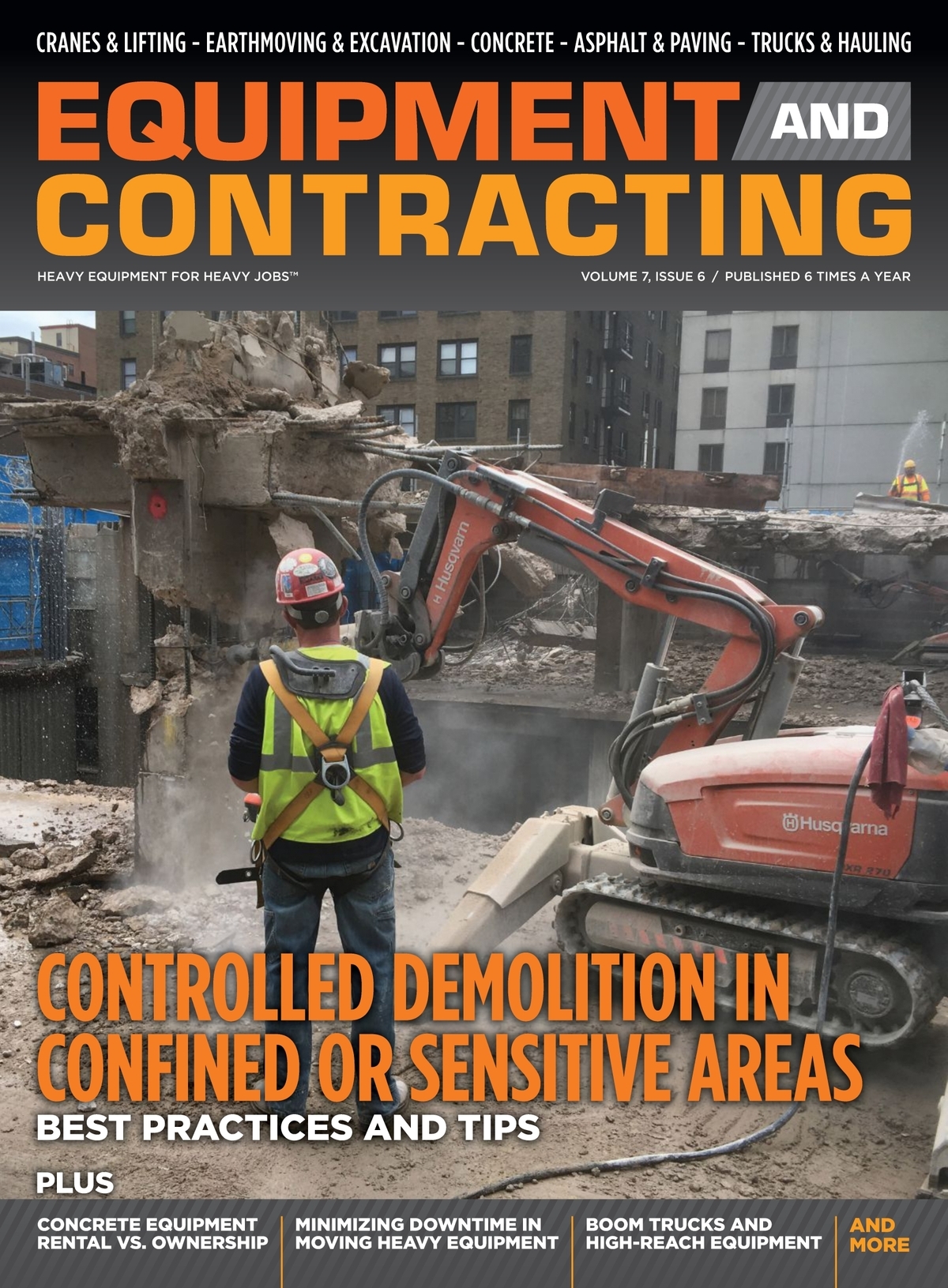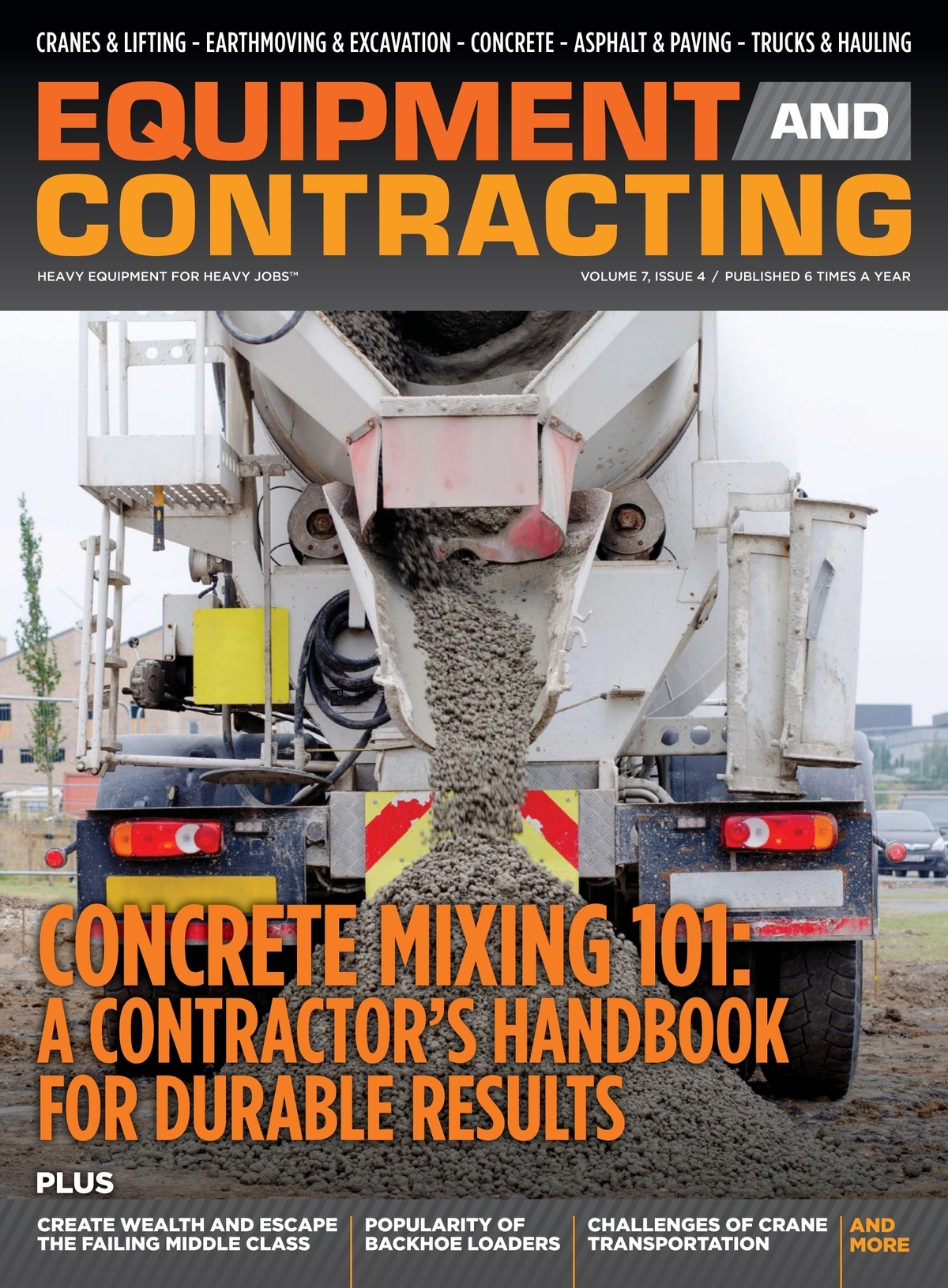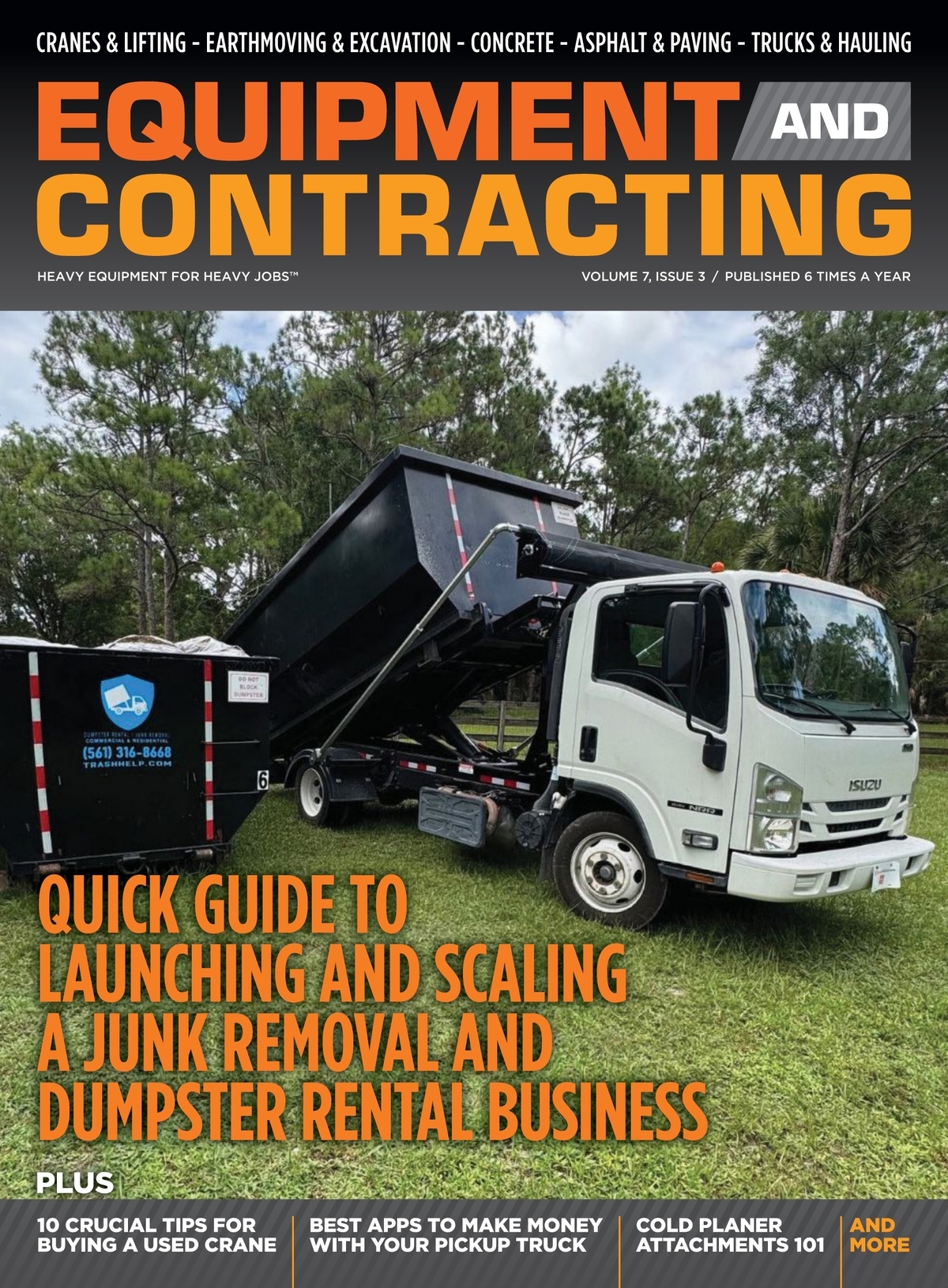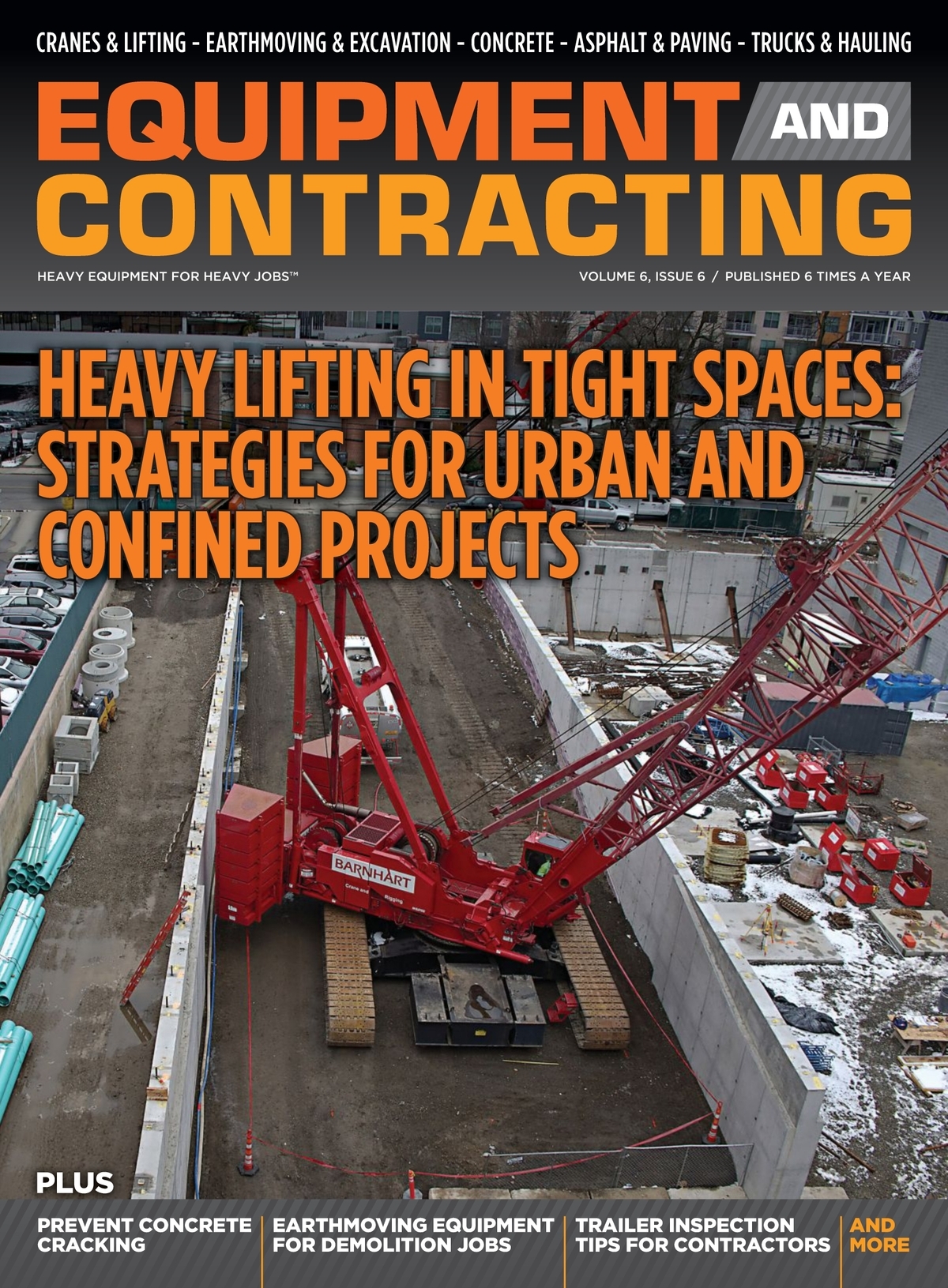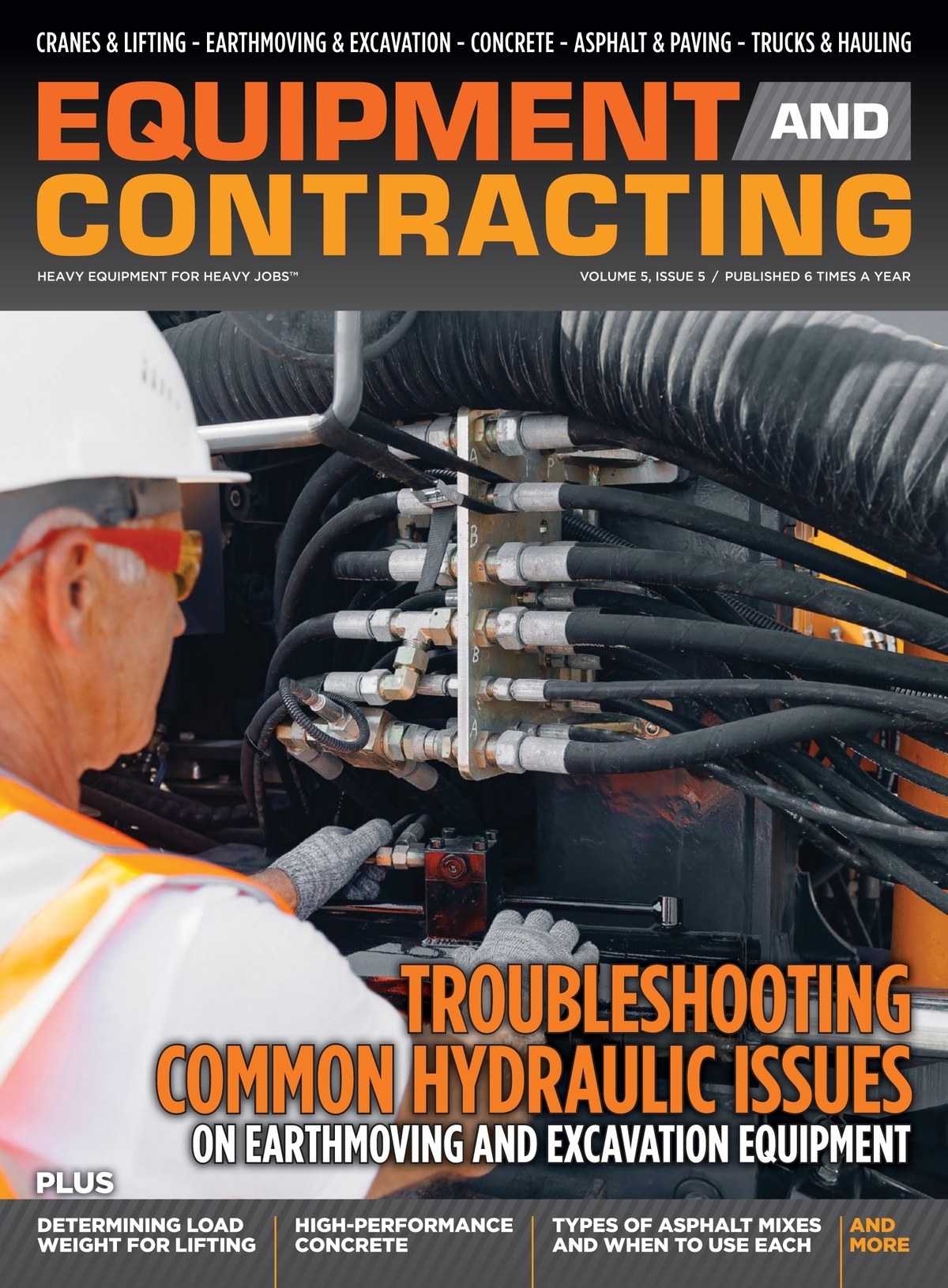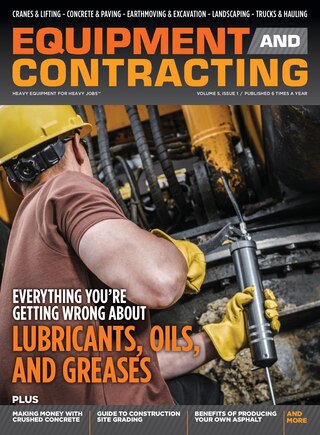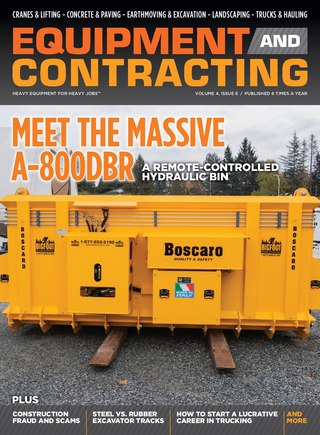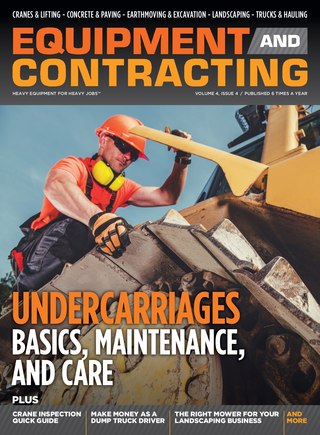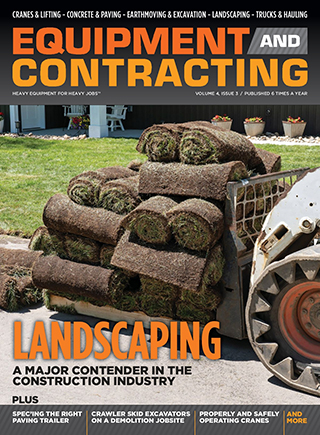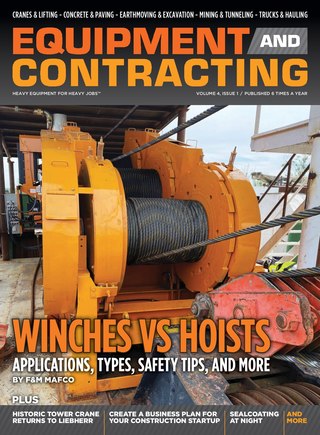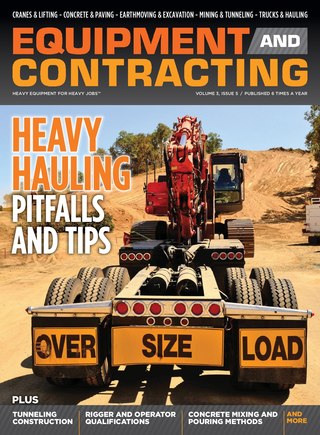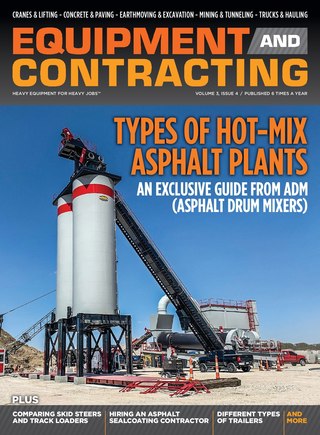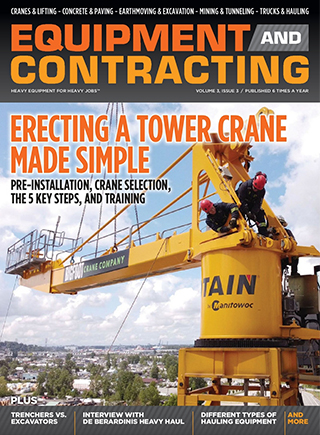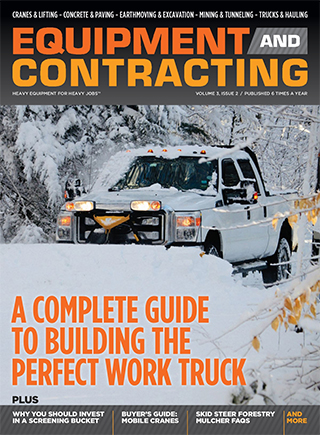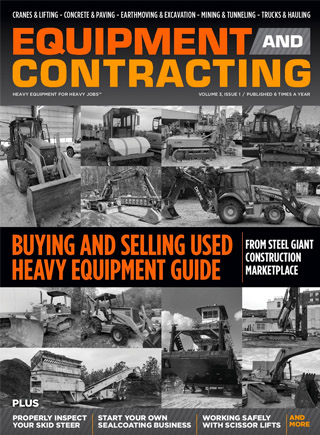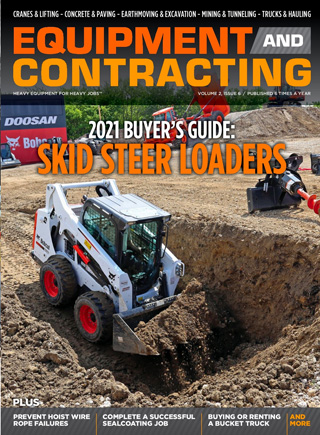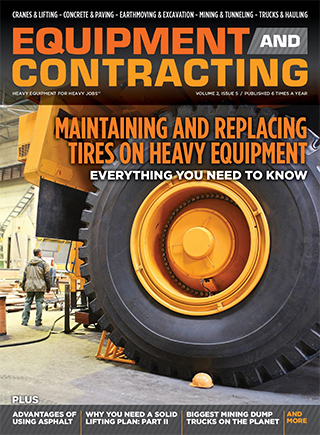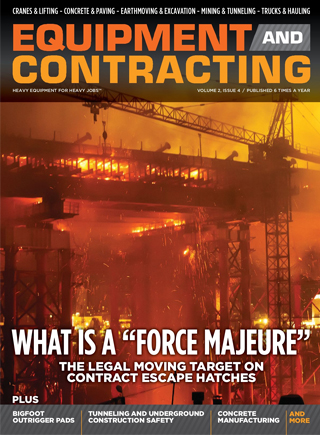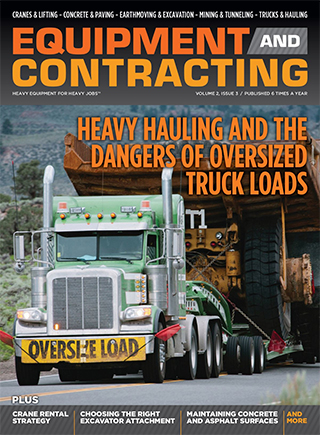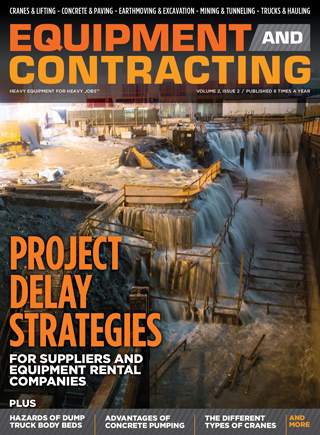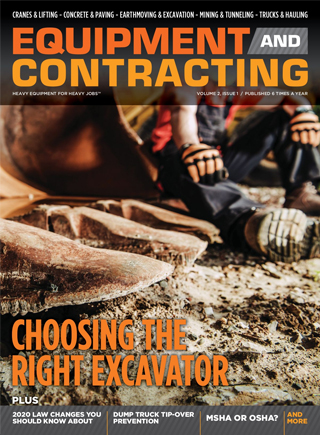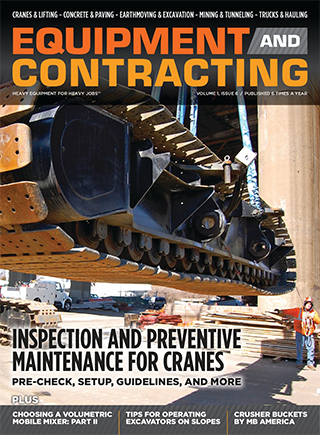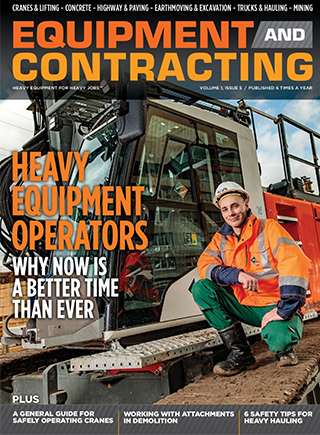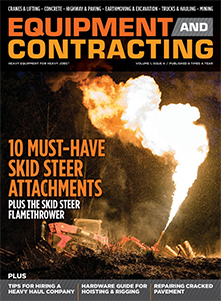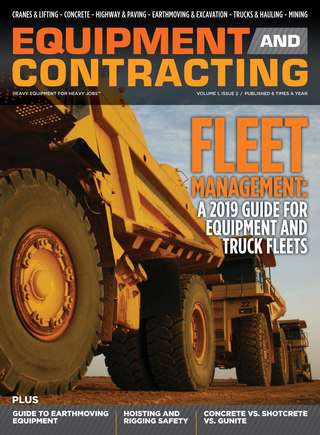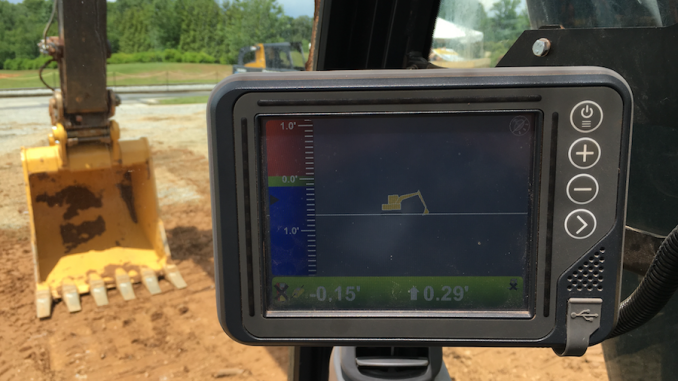
View the complete article here.
Grade control attachments and systems are transformative tools that enhance precision and efficiency in construction, earthmoving, and site preparation tasks. By integrating advanced technology with heavy equipment like excavators, bulldozers, and graders, these systems ensure accurate leveling, grading, and sloping, reducing manual effort and rework. This guide explores the types, features, applications, and key considerations for selecting and using grade control attachments and systems, empowering contractors to elevate project quality and productivity.
What are Grade Control Attachments and Systems?
Grade control attachments and systems are designed to automate and improve the accuracy of grading tasks on construction sites. These tools use sensors, lasers, GPS, or 3D machine control technology to guide equipment in maintaining desired slopes, elevations, or contours. Attachments, such as laser receivers or sonic tracers, can be added to existing machines, while integrated systems offer full automation, making them ideal for large-scale grading or complex terrain projects.
Types of Grade Control Attachments and Systems
Understanding the available options helps contractors choose the right solution for their equipment and projects.
Laser-Based Systems
These systems use a rotating laser transmitter and a receiver mounted on the machine to maintain a consistent grade. Suitable for flat or gently sloping surfaces, they are cost-effective for small to medium projects like residential site prep or road base grading.
Sonic/Ultrasonic Systems
Equipped with sonic tracers, these systems follow a string line, curb, or surface to maintain grade without lasers. They are ideal for uneven terrain or projects requiring precise elevation matching, such as ditch maintenance or sidewalk construction.
GPS/GNSS Systems
Global Positioning System or Global Navigation Satellite System technology provides real-time 3D positioning. Mounted on dozers or graders, these systems are perfect for large sites, such as highways or land development, where accuracy over wide areas is critical.
3D Machine Control Systems
Combining GPS, tilt sensors, and digital design models, 3D systems offer full automation and precision. Used on excavators or motor graders, they excel in complex projects like commercial site grading or contouring, reducing the need for stakes or manual checks.
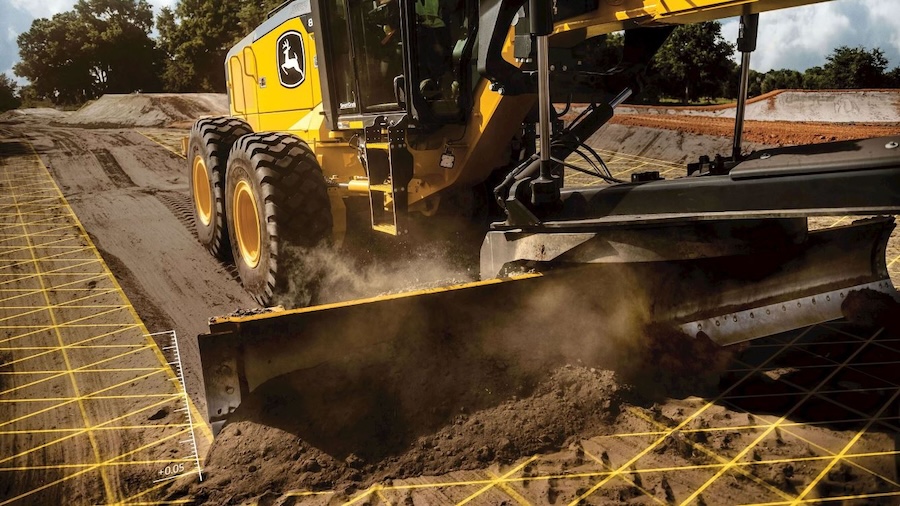
Key Features to Consider
Selecting the right grade control system depends on its features and compatibility with your equipment.
Accuracy and Range
Laser systems offer ±1/10 inch accuracy over 1,000 feet, while GPS/3D systems provide ±0.5 inch over vast areas. Choose based on project tolerance—tight specs for foundations, broader for rough grading.
Compatibility
Ensure the system works with your machine (e.g., Cat Grade with 3D for Caterpillar equipment). Check hydraulic and electrical integration requirements to avoid costly retrofits.
User Interface
Look for intuitive displays or in-cab consoles with real-time data, allowing operators to adjust settings easily. Some systems support multiple languages or touchscreen controls for versatility.
Durability
Opt for rugged designs with weatherproof components, as construction sites expose equipment to dust, rain, and vibration. Brands like Trimble or Topcon are known for reliable, durable systems.
Data Integration
Advanced systems connect to design software (e.g., AutoCAD) for importing 3D models, streamlining planning. Cloud connectivity enables remote monitoring or data sharing with project managers.
Applications of Grade Control Attachments and Systems
Grade control technology enhances efficiency across various construction tasks.
Site Preparation
Systems level ground for foundations or parking lots, ensuring uniform compaction and reducing over-excavation. GPS systems excel in large-scale land clearing.
Road Construction
Laser or 3D systems maintain precise slopes and elevations for road bases, shoulders, or drainage ditches, improving safety and longevity.
Excavation and Trenching
Sonic tracers on excavators follow design grades for utility trenches or basements, minimizing rework and material waste.
Landscaping and Contouring
3D systems create custom slopes or contours for golf courses, parks, or erosion control, offering artistic precision with technical accuracy.
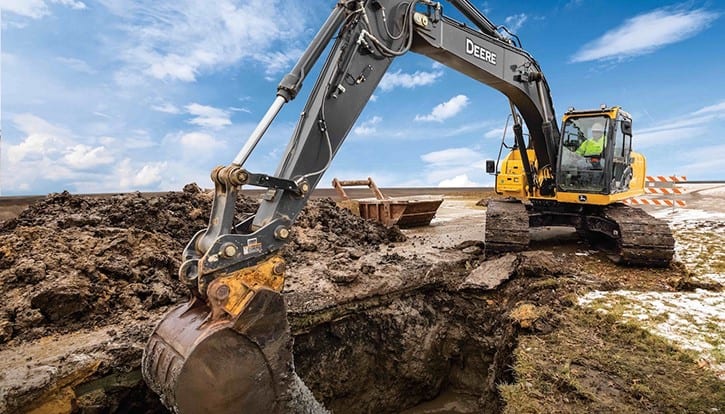
Tips for Selecting and Using Grade Control Attachments and Systems
Maximize the benefits of grade control with these practical tips.
Assess Project Complexity
For simple flat grading, a laser system suffices. Complex 3D contours require GPS or 3D systems. Match technology to project scope to optimize costs.
Train Operators
Provide training on system setup, calibration, and troubleshooting. Operators should understand how to interpret in-cab data to maintain accuracy.
Regular Calibration
Calibrate systems daily or per manufacturer guidelines to account for environmental changes. Misaligned sensors can lead to costly errors.
Consider Rental or Lease
For occasional use, renting a system or leasing advanced technology (e.g., Trimble Earthworks) avoids high upfront costs while testing its value.
Maintain Equipment
Clean sensors and check wiring after each use to prevent malfunctions. Follow maintenance schedules for hydraulic and electronic components.
Budget for Upgrades
Start with basic laser systems and upgrade to GPS or 3D as projects grow. Factor in software subscriptions or sensor replacements in long-term planning.
Safety Considerations
Safety is critical when using grade control systems. Ensure operators wear PPE, including hard hats and high-visibility vests, to protect against site hazards. Avoid over-reliance on automation—manually verify grades in critical areas. Secure the work zone with barriers, as precise grading may attract nearby traffic or personnel. Regularly inspect sensors and mounts to prevent equipment failure during operation.
View the complete article here.
What is a grade control system used for in construction?
It automates grading tasks to achieve accurate slopes, elevations, and contours with less manual effort.
Which grade control system is best for large or complex projects?
GPS or 3D machine control systems are best for wide areas and detailed grading.

